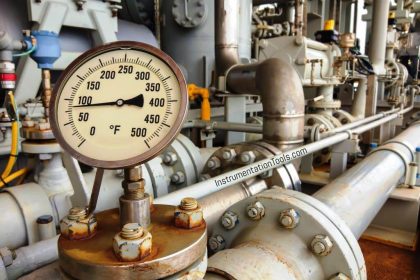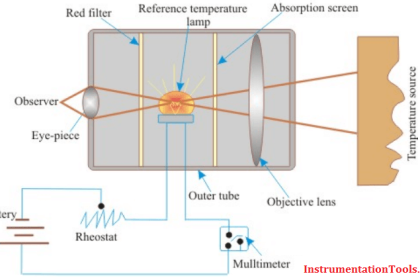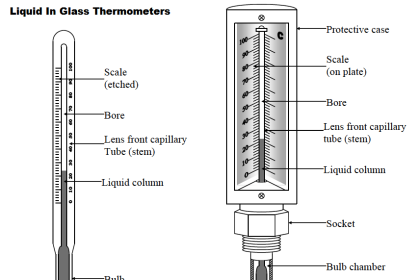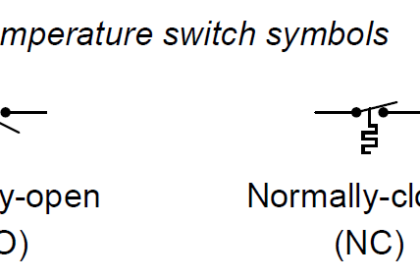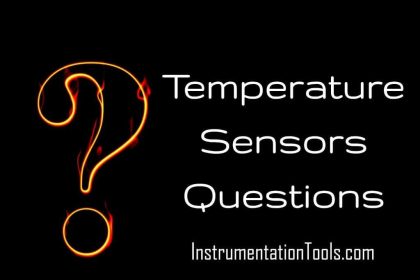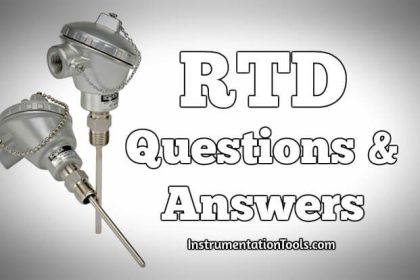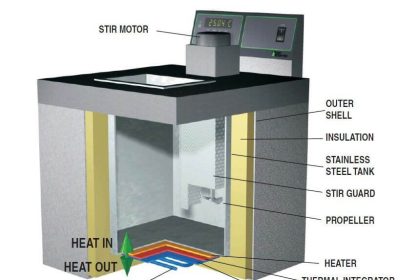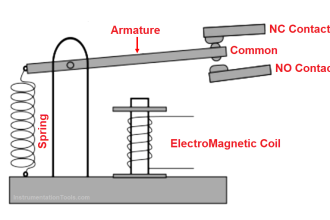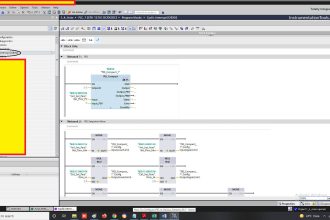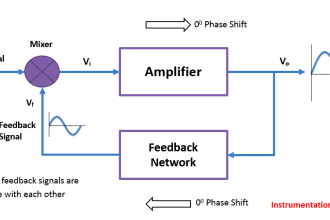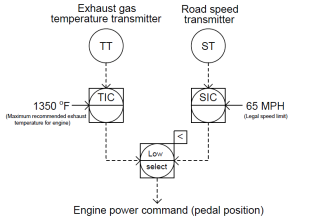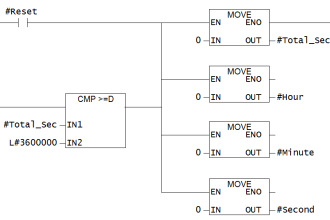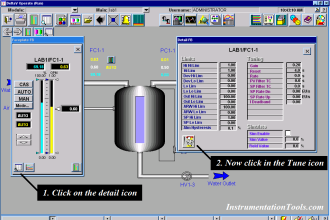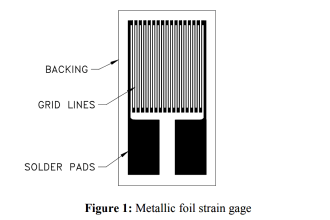RTDs generally use copper leads bonded to the platinum element. These leads normally connect close to the element and close to each other (so that both junctions will be at same temperature), in order to prevent Seebeck voltages from also affecting the measurement.
However, the resistance of the copper leads can still negatively affect the measurement, in particular where the RTD element is a long distance from the measuring instrument, or where a two wire RTD sensor is used. The increased resistance of long copper leads can also degrade the RTD signal-to-noise ratio, particularly when a low resistance RTD element is used. The negative effects of lead resistance are minimized by using only three-wire or four-wire RTD sensors, which compensate for lead resistance error when coupled to compatible instruments.
For example, note that the resistance of copper wire changes approximately 0.4%/°C near 25°C. Similarly, a platinum RTD element changes at 0.00385Ω/Ω/°C, or 0.385%/°C near 25°.
Note that 30 AWG copper wire is approximately 0.105Ω/foot. Thus, a 100 foot long, two-wire, 100Ω platinum RTD element with 30 AWG leads will have 10.5Ω/lead, or 21Ω of IR drop to the sensor loop. For a temperature span of 0-100°C, this represents a 38.5Ω change in element resistance.
Thus, in a 2-wire configuration, the leads contribute 21Ω/38.5Ω or up to 55% of error. Further, because the temperature coefficient of copper resistance is slightly larger than that of Platinum at 0.4%/°C versus 0.385%/°C, the growth in lead resistance over temperature will outpace that of the platinum element causing the error to actually grow as the temperature increases.
Of course, a wider temperature span will reduce this error, but it remains significant even for a span of 0-500°C (100-280.98Ω), at 21/180.98 or 12%. The bottom line is that two wire RTD sensors may only be useful when the RTD is close to the measuring instrument.
Lead wire resistance is mostly a problem for 2-wire sensors which are not compensated for. Some instruments do make provisions for crudely compensating two wire sensors by allowing you to enter the measured lead resistance as part of the instrument configuration.
However, this only works when the lead wires are held at a constant temperature, as variations in ambient temperature will change the resistance of the leads. Two wire sensor connections may be OK when the sensing element has a high resistance and the leads have a low resistance, or when the sensor is located close to the instrument, but it should be considered carefully.
To calculate the error that can be generated by an uncompensated two-wire sensor connection, multiply the length of both extension leads by its resistance per unit length. Then divide this resistance by the sensitivity of the element (its TCR) to approximate the error.
For example, a two wire Pt RTD (α=0.0038500Ω/Ω/°C) located 100 feet from the instrument and wired using 24AWG extension wire (26.17Ω/1000feet) will potentially drive the following approximate error:
(2*100ft*26.17Ω/1000ft) / 0.385Ω/°C
= 5.234Ω/0.385Ω/°C
=13.59°C
This is equivalent to taking the resistance of the lead wire and dividing it by the sensitivity of the element (Sensitivity = R0 * α
= 100Ω*0.00385Ω/Ω/°C
= 0.385Ω/°C).
Also Read: 3 Wire RTD Lead Wire Resistance Compensation
Article Source : Acromag
